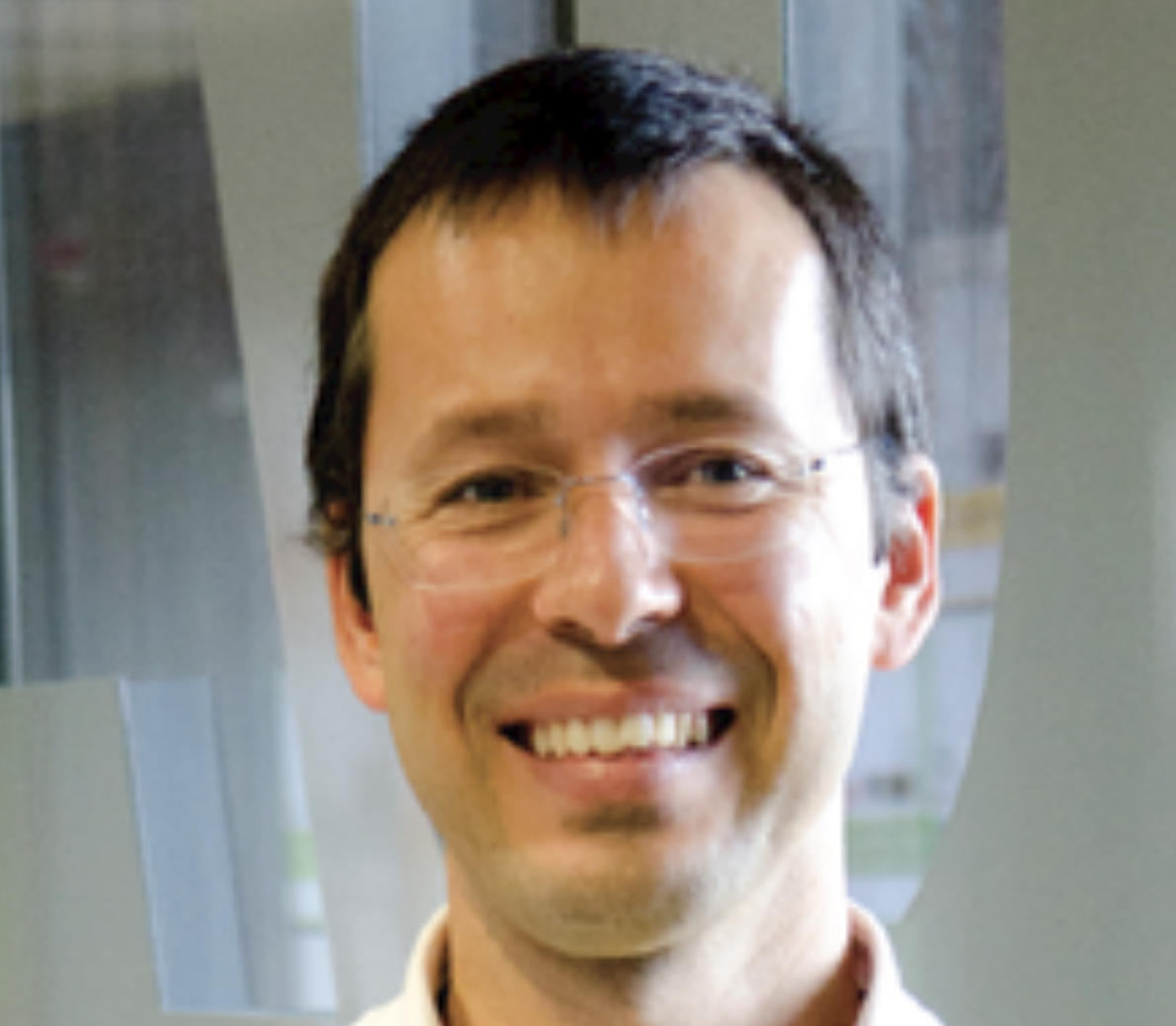People
See all
Pablo Loza-Alvarez
Super Resolution Light Microscopy and Nanoscopy
The Institute of Photonic Sciences (ICFO)
About Pablo
Dr. Pablo Loza-Alvarez received his PhD in Laser Physics from the University of St Andrews, Scotland in 2000. He then performed 2 postdoctoral stays, one in St Andrews and one at the Universitat Politecnica de Catalunya. Currently he is a Group Leader at ICFO, where he is also responsible for the “Super Resolution Light Microscopy and Nanoscopy” lab. Dr. Loza-Alvarez has now a strong experience in microscopy and, by introducing novel photonics tools, has developed a number of novel imaging techniques. These have been used for a wide variety of applications ranging from the imaging of large model organisms (mesoscopic level) to the visualization of subcellular components (super resolution). He has directed 6 PhD students, co-authored over 130 publications in international journals and conferences (h=20, Google Scholar), leaded 2 European projects and 3 national projects and participated in several other EU projects and in main networks of excellence or scientific clusters (LaserLab Europe, Photonics4Life, ActPhast) and has written 6 patents.
Research
We conduct research and development at the cutting-edge of several microscopy and super resolution imaging techniques. Research activities include beam engineering, wavefront control and integration of novel light sources with different beam or pulse parameters. In addition, we study novel (endogenous and exogenous) contrast agents to be applied to a wide variety of biomedical samples and imaging regimes. We also design novel algorithms for image quantification and analysis. They allow for a better resolutions, higher contrast, faster imaging speeds, larger penetration depths, aberration free images etc. At the same time, care is taken to make these techniques gentler with the sample by producing less photodamage or phototoxic effects and thus maximizing sample viability over longer observation periods. These have been used for a wide variety of applications ranging from in vivo imaging of large model organisms to sub cellular components.